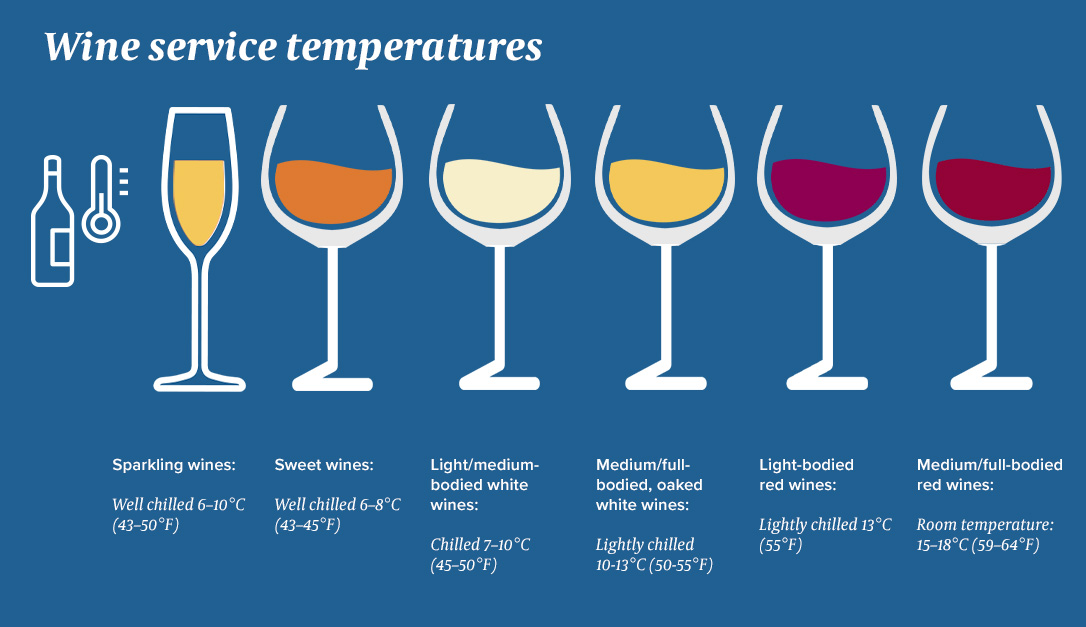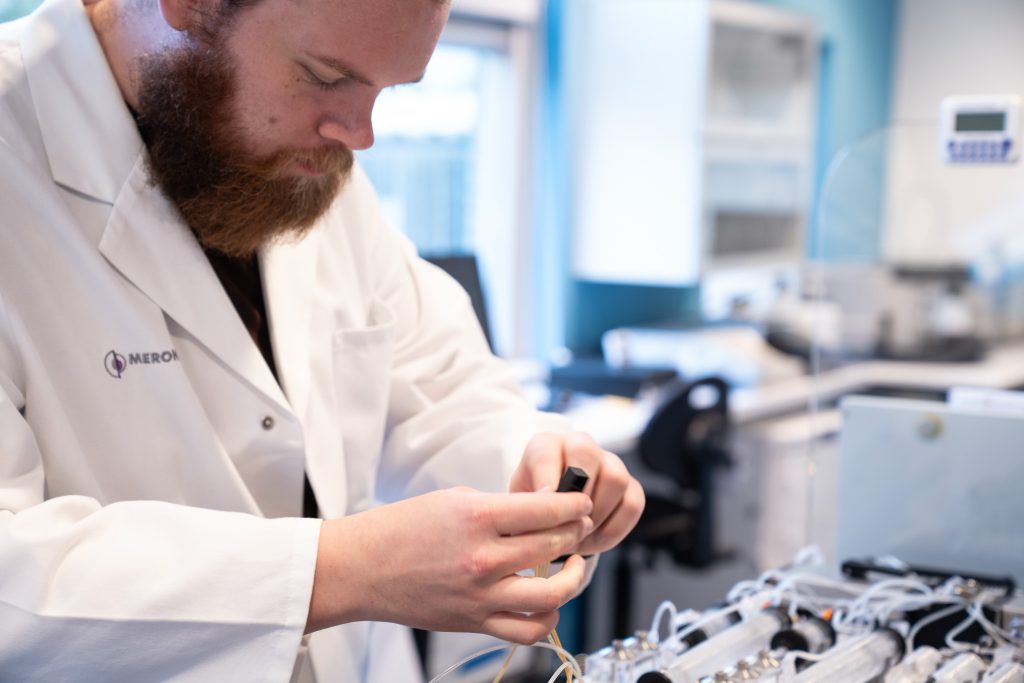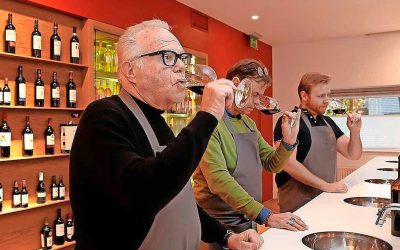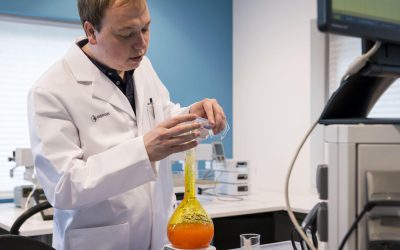Ever poured yourself a glass of wine, expecting a world of flavour, and got something flat, muted, or oddly sharp? Often, the problem is not in the wine itself, but its temperature.
Too warm, and the alcohol overwhelms. Too cold, and the aromas hide. This simple detail can compromise even the best bottle and the consumer experience of it.
Why Wine Temperature Matters
“Serve at room temperature.” This is something we all read and heard about wine. But while most rooms indoors are usually at 20°C, in the wine world, it actually means 15 to 18°C for reds. That is much cooler than most centrally heated or air-conditioned rooms.
For whites, rosés, and sparkling wines, it’s all about chilling, but not too much. Below 6°C, flavour compounds can become muted. It also varies with the type of wine.
A light Vinho Verde can be a little colder than an oaked Chardonnay, which shows better at around 10–13°C. Sparkling wines benefit from a properly prepared ice bucket, three-quarters filled with equal parts ice and water. The water conducts heat better than air, chilling the bottle efficiently and equally.
Temperature affects aroma, mouthfeel, acidity, tannin perception, and structure. Get it wrong, and the wine loses its character. It also changes the price quality ratio the consumer will have about it.
The Ongoing Conversation About Ideal Serving Temperatures
There’s a school of thought that wine has fixed serving temperatures, but real life is not that rigid. Preference, occasion, and setting all come into play. A wine that works perfectly at 13°C in a candlelit dining room might feel different if served poolside on a hot afternoon.
Then there is food pairing. A slightly warmer white can be better with creamy pasta. A cool red might refresh more than a warm one on a summer day. Context matters, and personal taste plays a big role.
Wine writer Jancis Robinson once noted that many light reds and ports show best at 10–14°C, a range often called ‘cellar cool’ because it mirrors ideal storage conditions. Meanwhile, fuller reds can handle up to 18°C. Still, she warned: “All these temperatures are far lower than ambient summer temperatures in most of the world, and are lower than in most temperature-controlled interiors in fact.“

WSET wine temperature recommendations
What ‘Lab Temperature’ Means for Wine Accuracy
In an analytical setting, the guesswork disappears. Temperature must be stable and repeatable. At Meron, we maintain a controlled environment and temperature that sits at an ideal point for examining a wine’s profile.
Willem Schouten, one of our analysts, puts it like this: “Room temperature ideal? As far as I’m concerned, ‘laboratory temperature’ is perfect. In our air-conditioned lab, the temperature is perfect to analyse all wines and their components.“




